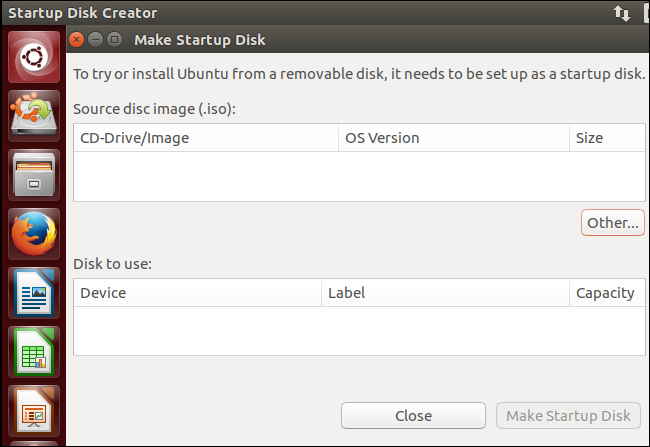
/001_how-to-burn-an-iso-file-to-a-usb-drive-2619270-5c63728446e0fb0001106655.jpg)

I hope you found this brief tutorial on Windows booteable USB sticks useful, thank you for reading it and consider using LinuxHint support channel in case you need help with any of the steps described above or any Linux or networking related issue.

Now you can reboot your system, make sure your BIOS is configured to boot from USB devices. Once finished you can reboot as instructed in the final screen: The process may take several minutes showing the steps of the image below: UNetbootin will prompt, unselect “Distribution” and instead select “ Disk Image” and select your ISO’s path, the disk type and the drive: $ sudo QT_X11_NO_MITSHM= 1 /home /shared /unetbootin-linu圆4- 675.bin To download the 64x version you can use wget, run: While the previous method is the recommended there is a graphical option for users who dislike the text mode, the software explained in this tutorial is UNebootin and it is available for Linux, Windows and Mac at. Create a Windows 10 USB Installer on Debian 10 using UNebootin NOTE: when you reboot your computer to boot make sure your BIOS is configured to boot from the USB stick or press the proper key to allow selecting the boot device on boot. Status=progress: will show progress in real time, otherwise dd doesn’t show progress.Īt the end of the process the program will let you know the operation ended successfully. Of: writes the indicated file as destinationĬonv=fdatasync: assures the data will be written in destination before the operation ends. Pro\ 圆4BiT.iso of= /dev /sdb conv=fdatasync status=progress $ sudo dd bs=4M if= /home /shared /Microsoft\ Windows\ 10\ To begin, before plugging in the USB device check the current disks attached to your computer by running: This step is only necessary for users using the dd technique without additional space on their USB devices, if you are using the graphical method to create a booteable USB stick with UNebootin or have enough space for the Windows installer on an used USB stick you can omit this step. The tutorial shows two ways to carry out this task both in text and graphical modes using the command dd for text mode and UNetbootin for graphical mode, which can be downloaded from text mode is pretty easy and includes commands any Linux user should know such as listing partitions and storage devices, formatting and creating filesystems and the command dd among others, which can be used for full protected formatting. If you need to build a booteable USB stick with Windows under Linux this tutorial shows the steps to follow for some alternatives available.


 0 kommentar(er)
0 kommentar(er)
